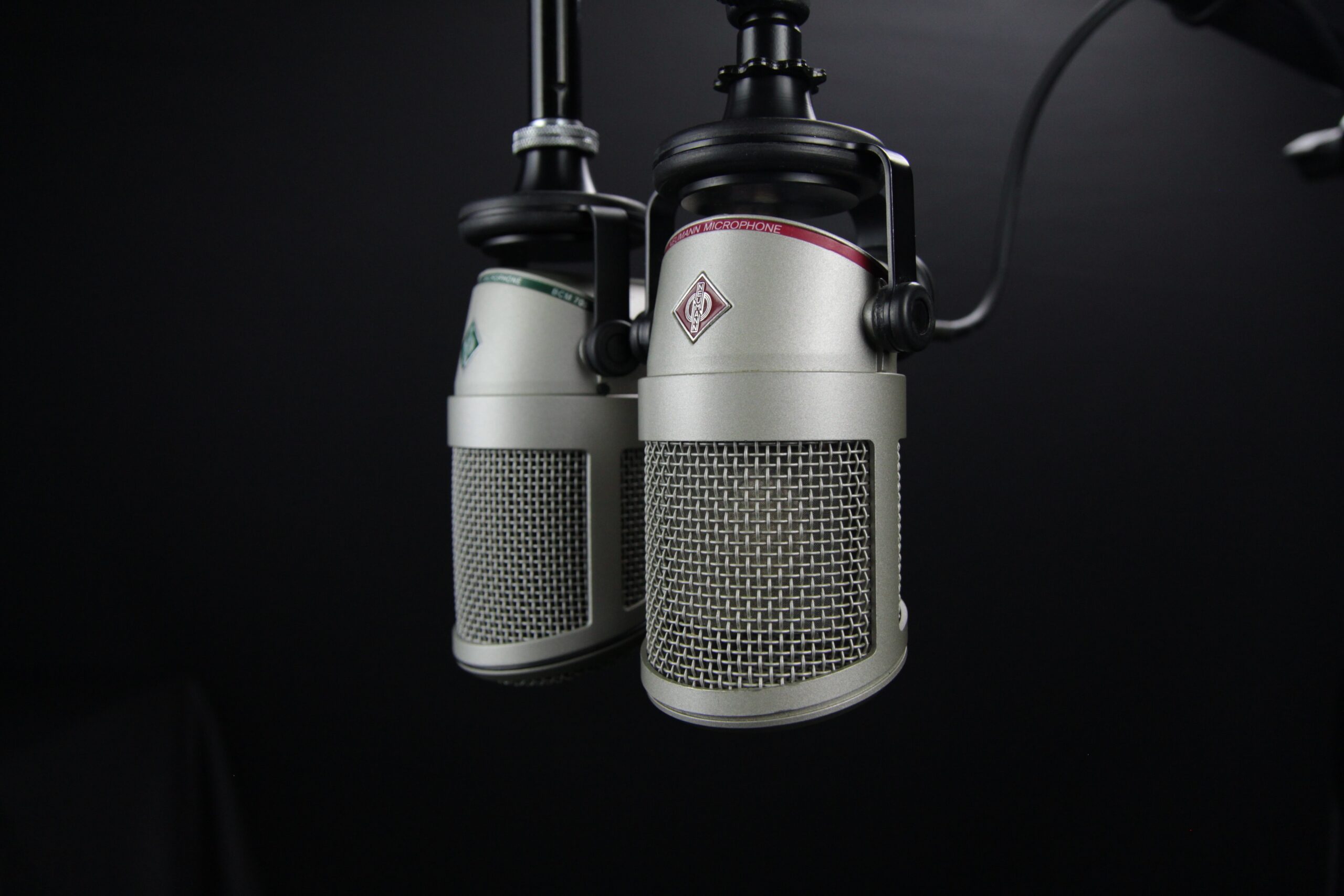
AM Stations Leading the Streaming Revolution in Australia
Last week’s GfK radio ratings survey results threw up an interesting statistic: AM stations are beating FM in the streaming market.
The GfK Radio Ratings is the official radio audience measurement service of Australia, covering its five major cities; Sydney, Melbourne, Brisbane, Adelaide and Perth, and the regional markets of Newcastle, Canberra, and Gold Coast also; providing subscribers with an understanding of who listens, as well as when and where they listen.
As John Musgrove, the head of research for Commercial Radio & Audio (CRA), explains, these results were surprising at first – but actually make a lot of sense.
As head of insights and research at Southern Cross Austereo for close to two decades, prior to moving to CRA, John Musgrove admits he didn’t pay much attention to AM radio in the survey results.
SCA were “definitely leaders” in terms of the digital space: uploading shows and extra content to websites, early adoption with apps, and the heavy investment in LiSTNR meant they were at the forefront of the ever-shifting landscape.
But when last week’s radio ratings arrived, they showed that, when it comes to streaming, AM rules the roost.
“There is a perceptual bias that happens here,” Musgrove explains.
“So, even for me, working right in the middle of Radio 360, my perception – before we actually got to see the figures – is today, the ARN and the SCA networks, with their investment in iHeart, Listenr – they should lead the pack in streaming.
“Then you see the data, and you go, ‘Oh, that’s a surprise.’
“Because of all those myths. We think of the prominence of the FM stations, they are about young people, and music, and streaming music is really big, and they’ve got big tunes and big numbers – and old people don’t stream and aren’t into tech. So we’ve got all these biases in our minds.
“So when it comes out [in the results], it’s ‘well, that looks strange’.
“But if you think of radio as a whole, the AM networks in Sydney and Melbourne, in particular, have been the number one networks there for decades. And, it’s predominantly built upon a lower cume, but a strong TSL share.”
TSL is ‘time spent listening’, and, as Musgrove explains it, this is key to understanding why the stations that attract an older demographic are charging ahead in the radio streaming game.
First of all, Musgrove says: “Older people do stream.”
“Everyone owns a computer and a phone, and they’re buying smart speakers,” he explains.
“And so, yes, the young people might be early adopters, but we’re like 10, 15, 20 years into the adoption of a lot of these things. And so the streaming habits of older people are a little behind younger people, but not that much.
“And those that do stream? They stream longer.”
Musgrove looked at the percentage of the overall audience that are streaming radio as opposed to listening the traditional way, and found that, across both AM and FM, it was roughly within the range of 18%-22% streaming.
“Yes, there are some over performers and under performers, but most sit in that band, where 18 to 22% of their total cumes [cumulative audience] are streaming.”
“Therefore, when we’re seeing the strongest shares, what is different?”
The answer is time spent listening.
Using the Sydney market as an example, 2GB dominates streaming time spent listening, with its streaming TSL proportionate to its overall TSL.
In layman’s terms?
On a normal day, 2GB’s listeners are tuning in for twice as long, across the day, than any of the FM stations – and it’s consistent across streaming.
“This is not new. It’s just we’ve never kind of looked at that side of the figures before, to say, ‘Okay, I’m understanding this.’”
Another thing propelling AM stations in the streaming market is the average FM listener’s tendency to fiddle with the dial.
“We know from my Austereo, SCA days, particularly around contemporary hits radio, if a person’s listening to KiiS they’re also listening to Nova and they’re also listening to 2Day and they’re probably listening to Triple M, and most are now listening to Smooth at some point in time,” Musgrove explains.
“So across the general week, most FM listeners listen to about three radio stations a week. So, whereas an AM station person tends to say, be much more cemented: you’re either an ABC listener, or you’re going to be a 2GB listener, or you’re going to be a 2UE.
“And you’re probably not going to move around for your talk, in particular. You might go to Smooth or something like that if you wanted a bit of gentle music.
“So, the TSL is just really a virtue of the fact that these people listen for longer periods of time because that’s their station, they want to hear what they’ve got to say.
“They’re not moving around the dial as much.”
Logically, streaming is the perfect technology for AM listeners.
You can set and forget. Whereas the traditional radio, with its linear band, is still the most obvious medium for channel-surfers on the search for something to pique their interests – their fidelity being to music rather than a network.
Or, as Musgrove puts it: “Same people, same habits, just doing it via different devices.”
First published by Mumbrella. Read original here
Discussion
No comments on this post yet, start a discussion below!